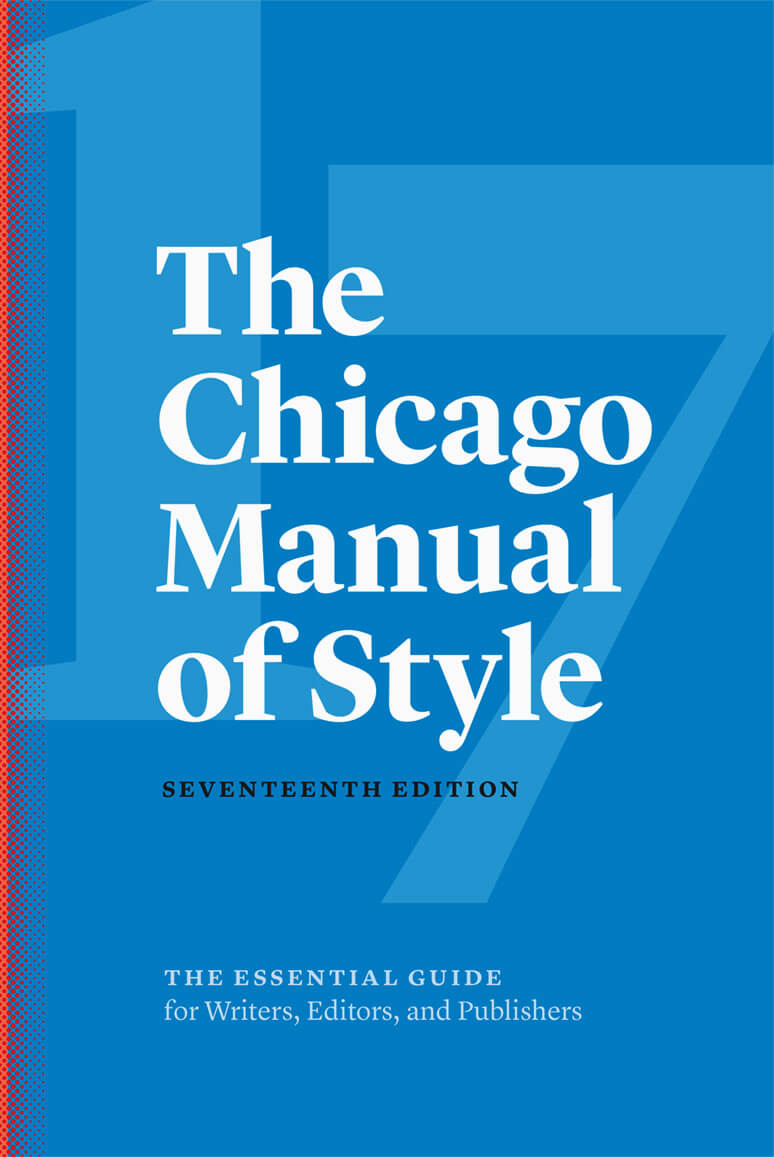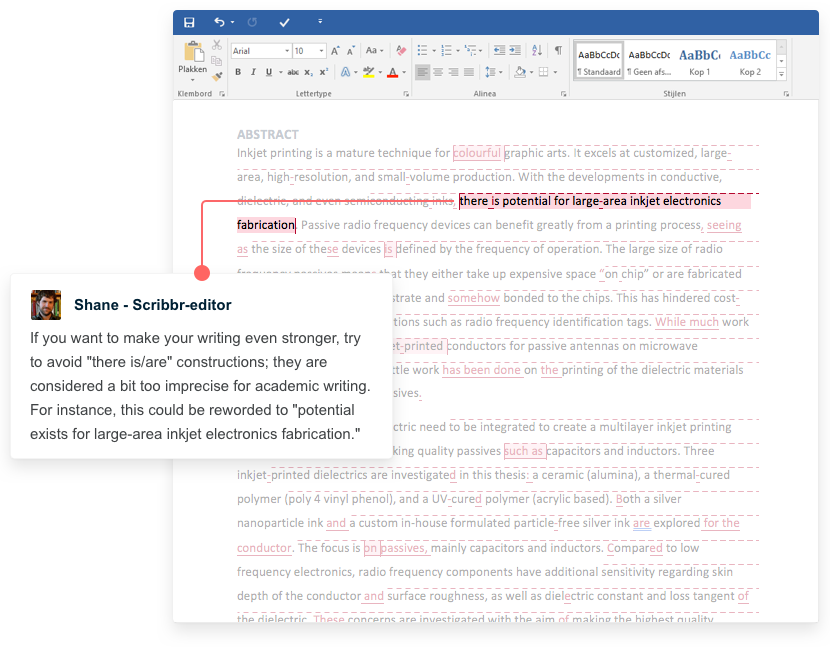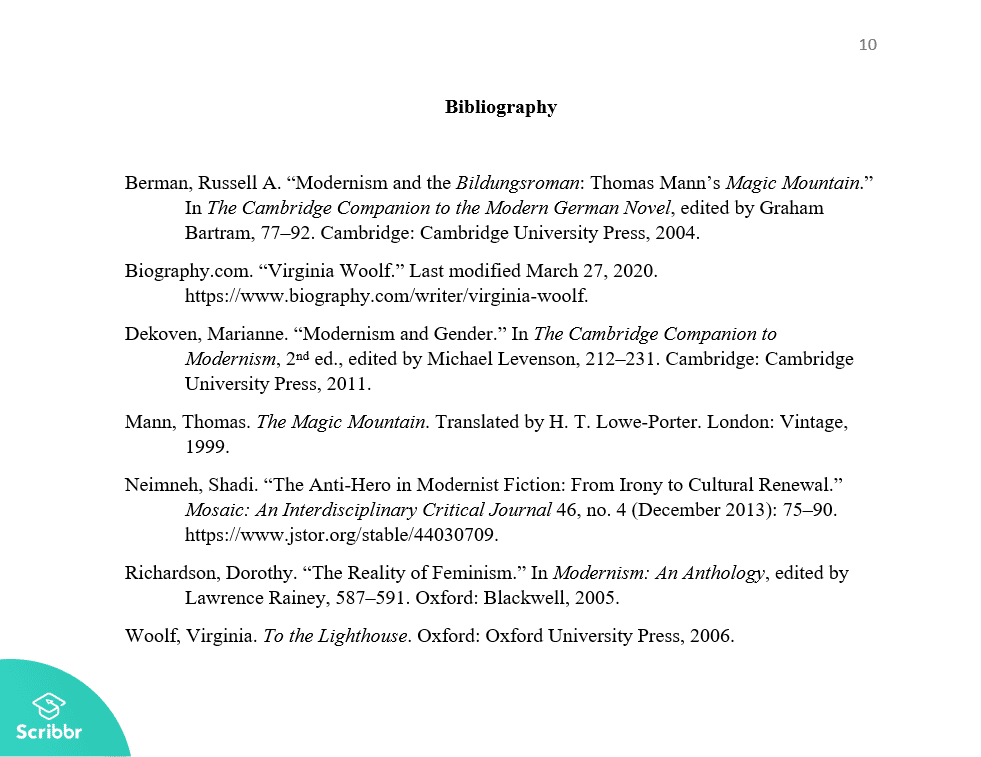Chicago Style Citation Guide | Templates & Citation Examples

Notes and bibliography is the most common type of Chicago style citation, and the main focus of this article. It is widely used in the humanities. Citations are placed in footnotes or endnotes, with a bibliography listing your sources in full at the end.
Author-date style is mainly used in the sciences. It uses parenthetical in-text citations, always accompanied by a reference list at the end.
Citing sources with notes
To cite sources in Chicago notes and bibliography style, place a superscript number at the end of a sentence or clause, after the punctuation mark, corresponding to a numbered footnote or endnote.
Covey asserts that the success literature of the twentieth century is “filled with social image consciousness, techniques, and quick fixes.”1
| 1. Covey, 7 Habits, 18. |
Footnotes appear at the bottom of each page, while endnotes appear at the end of the text. Choose one or the other and use it consistently.
Most word-processing programs can automatically link your superscript numbers and notes.
Full notes vs. short notes
Citations can take the form of full notes or short notes. Full notes provide complete source information, while short notes include only the author’s last name, the source title, and the page number(s) of the cited passage. The usual rule is to use a full note for the first citation of each source, and a short note for subsequent citations of the same source.
Guidelines can vary across fields, though; sometimes you might be required to use full notes every time, or conversely to use short notes every time, as long as all your sources are listed in the bibliography. It’s best to check with your instructor if you’re unsure which rule to follow.
Multiple authors in Chicago notes
When a source has multiple authors, list up to three in your note citations. When there are four or more, use “et al.” (Latin for “and others”).
Chicago note citation examples
A Chicago footnote or endnote citation always contains the author’s name and the title of the source. The other elements vary by the type of source you’re citing.
Page number(s) should be included if you are referring to a specific part of the text. The elements of the citation are separated by commas, and the note always ends with a period.
Navigate through the Chicago citation examples using the tabs below.
When citing a book, if an edition is specified, include it in abbreviated form (e.g. 2nd ed.). If the book was accessed online, add a URL.
This is an example of a full note,1 and this is an example of a short note.2
| 1. Stephen Covey, The 7 Habits of Highly Effective People, 3rd ed. (New York: Free Press, 1989), 75–89. |
| 2. Covey, 7 Habits, 75–7. |
| Full note | Author full name, Book Title: Subtitle, edition. (Place of publication: Publisher, Year), page numbers, URL. |
|---|---|
| Short note | Author last name, Shortened Book Title, page number(s). |
When citing a chapter from a multi-authored book, start with details of the chapter, followed by details of the book.
This is an example of a full note,1and this is an example of a shortened note.2
| 1. Bob Stewart, “Wag of the Tail: Reflecting on Pet Ownership,” in Enriching Our Lives with Animals, ed. John Jaimeson (Toronto: Petlove Press, 2007), 87. |
| 2. Stewart, “Wag of the Tail,” 88. |
| Full note | Author full name, “Chapter Title,” in Book Title: Subtitle, ed. Editor full name (Place of publication: Publisher, Year), page number(s). |
|---|---|
| Short note | Author last name, “Shortened Chapter Title,” page number(s). |
To cite a journal article, you need to specify the volume and issue as well as the date.
This is an example of a full note,1 and this is an example of a shortened note2.
| 1. Hannes Datta, “The Challenge of Retaining Customers Acquired with Free Trials,” Journal of Marketing Research 52, no. 2 (2015): 220, www.jstor.org/stable/43832354. |
| 2. Datta, “Challenge of Retaining Customers,” 220. |
| Full note | Author full name, “Article Title,” Journal Name Volume, no. Issue</span? (Year): page number, DOI/URL. |
|---|---|
| Short note | Author last name, “Shortened Article Title,” page number(s). |
Web pages often have no author or date specified. If the author is unknown, start with the title in a full note, and use the website name as author in a short note. If the publication date is unknown, include the date you accessed the information (e.g. accessed on March 12, 2019).
This is an example of a full note,1 and this is an example of a shortened note.2
| 1. Jack Caulfield, “How to Do Thematic Analysis,” Scribbr, September 6, 2019, https://www.scribbr.com/methodology/thematic-analysis/. |
| 2. Caulfield, “Thematic Analysis.” |
| Full note | Author full name, “Page Title,” Website Title, Month Day, Year, URL. |
|---|---|
| Short note | Author last name, “Shortened Page Title.” |
Creating a Chicago style bibliography
The bibliography lists full references for all your sources. It appears at the end of your paper (before any appendices).
Author names are inverted in the bibliography, and sources are alphabetized by author last name. Each source is listed on a new line, with a hanging indent applied to sources that run over onto multiple lines.
If a source has multiple authors, list up to 10 in the bibliography. If there are 11 or more, list the first seven followed by “et al.”
When to include a bibliography
It is not mandatory to include a bibliography if you have cited your sources with full notes. However, it is recommended to include one in most cases, with the exception of very short texts with few sources.
Check with your instructor if you’re not sure whether to include one.
Chicago style bibliography examples
Bibliography entries vary in format according to source type. Formats and examples for some common source types are shown below.
| Format | Author last name, first name. Book Title: Subtitle. Edition. Place of publication: Publisher, Year. URL. |
| Example | Covey, Stephen. The 7 Habits of Highly Effective People. New York: Free Press, 1989. |
| Format | Author last name, first name. “Chapter Title.” In Book Title: Subtitle, edited by Editor first name last name, page range. Place of publication: Publisher, Year. |
| Example | Stewart, Bob. “Wag of the Tail: Reflecting on Pet Ownership.” In Enriching Our Lives with Animals, edited by John Jaimeson, 220–90. Toronto: Petlove Press, 2007. |
| Format | Author last name, first name. “Article Title.” Journal Name Volume, no. Issue (Month Year): Page range. DOI/URL. |
| Example | Datta, Hannes. “The Challenge of Retaining Customers Acquired with Free Trials.” Journal of Marketing Research 52, no. 52 (April 2015): 217–34. www.jstor.org/stable/43832354. |
| Format | Author last name, first name. “Page Title.” Website Name. Month Day, Year. URL. |
| Example | Caulfield, Jack. “How To Do Thematic Analysis.” Scribbr. September 6, 2019. https://www.scribbr.com/methodology/thematic-analysis/. |
Chicago author-date style
In the (social) sciences, you may be told to use author-date style instead. In this style, citations appear in parentheses in the text.
Unlike note citations, author-date citations look the same for all source types.
Reference list
Author-date citations are always accompanied by a reference list. The reference list is similar to a bibliography: It appears at the end of your text and lists all your sources in full.
The only difference is that the publication year comes straight after the author name, to match with the in-text citations. For example, the book reference from above looks like this in author-date style.
Chicago Author-Date Quick Guide
Frequently asked questions about Chicago style citation
- How do I cite a source with no date in Chicago style?
-
When an online source does not list a publication date, replace it with an access date in your Chicago footnotes and your bibliography:
Example: Chicago bibliography entry with access date Scribbr. “How to Write a Research Paper.” Accessed June 9, 2020. https://www.scribbr.com/category/research-paper/.If you are using author-date in-text citations, or if the source was not accessed online, replace the date with “n.d.”
Example: Chicago author-date citation with no date (Scribbr, n.d.) - When should I include page numbers in Chicago style citations?
-
Page numbers should be included in your Chicago in-text citations when:
- You’re quoting from the text.
- You’re paraphrasing a particular passage.
- You’re referring to information from a specific section.
When you’re referring to the overall argument or general content of a source, it’s unnecessary to include page numbers.
- Should I use short notes or full notes for my Chicago citations?
-
In Chicago notes and bibliography style, the usual standard is to use a full note for the first citation of each source, and short notes for any subsequent citations of the same source.
However, your institution’s guidelines may differ from the standard rule. In some fields, you’re required to use a full note every time, whereas in some other fields you can use short notes every time, as long as all sources are listed in your bibliography. If you’re not sure, check with your instructor.
- Do I have to include a bibliography or reference list?
-
In Chicago author-date style, your text must include a reference list. It appears at the end of your paper and gives full details of every source you cited.
In notes and bibliography style, you use Chicago style footnotes to cite sources; a bibliography is optional but recommended. If you don’t include one, be sure to use a full note for the first citation of each source.

